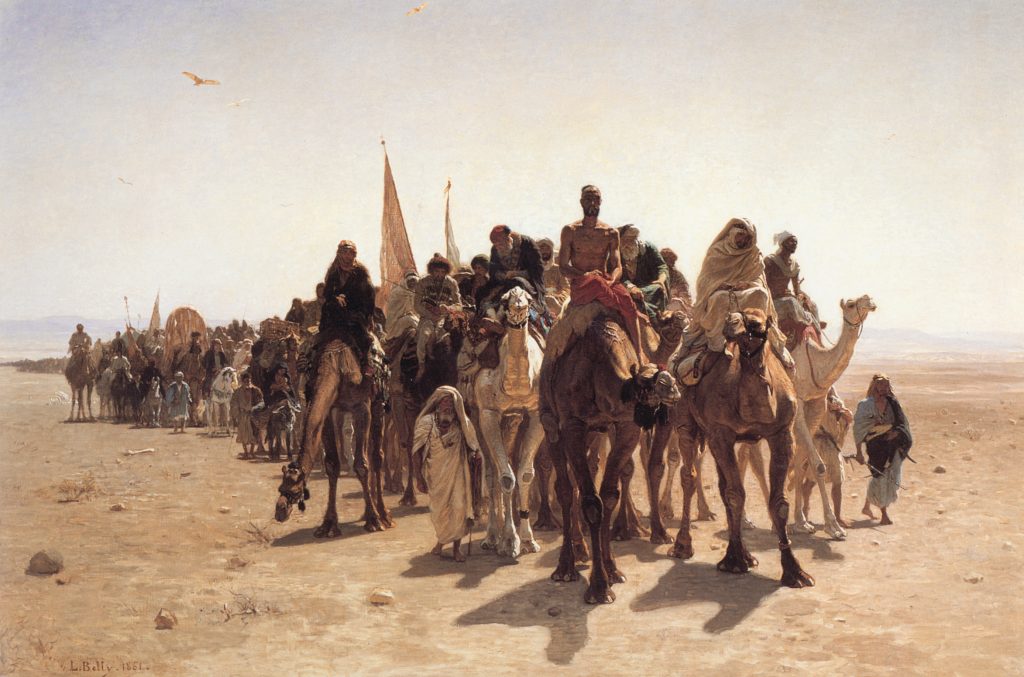Painting Scenic Memories: Capturing Landscapes in Art
For professional photographers who are often captivated by the transient beauty of landscapes, the idea of painting scenic memories becomes a truly poetic pursuit. This artistic journey transforms photographic captures into timeless paintings, blending creativity with honed skills. Whether youre a seasoned artist or an enthusiastic photographer looking to explore the world of painting, the venture of transforming photos into art can revitalize your approach to both disciplines.
The essence of painting scenic memories transcends mere replication of a landscape. It's about encapsulating the emotion, essence, and narrative that the scenery evokes. In an age where digital photographs can be taken in an instant, translating these memories onto canvas offers a unique sense of permanence and personal connection. This article explores the intricacies of this art form and assists photographers in transitioning from lens to brush.

Why Photographers Should Embrace Painting
If you're a professional photographer, you've likely experienced moments where photography fails to fully convey what you're witnessing. This is where painting bridges the gap. When you paint a scene, you're weaving a story. The colors, textures, and brushstrokes express feelings that a photograph cannot fully capture. For the traveler, travel-themed sketches often serve as endless sources of fresh inspiration.
Enhancing Your Creative Process
Venturing into painting enables photographers to broaden their creative perspectives. It deepens your grasp of composition, light, and color theoryelements vital to both photography and painting. This interplay can elevate your photographic creations, adding a painterly essence that distinguishes them from others.
Getting Started with Painting Scenic Memories
Embracing painting doesnt require you to be a seasoned artist. Even if you've never picked up a brush before, you can find joy in the process of turning your photographs into paintings. Begin by selecting a photo that resonates with you deeply. This could be a serene landscape from a travel adventure, a lively city scene, or a peaceful beach view.
Next, gather your supplies. Acrylics and watercolors are excellent choices for beginners due to their flexibility and forgiving nature. With your materials in hand, sketch the outlines of your photograph onto the canvas or paper. Don't strive for perfection; focus on capturing the essence of the scene.
Using Photographs as References
When translating a photograph onto canvas, think of it as a guide rather than a strict template. This flexibility allows you to modify elements and experiment with color palettes. This approach is what makes painting scenic memories so enjoyableit's your personal interpretation of a scene that many may have photographed. Seek out color palette tips for additional inspiration.
Challenges and Rewards
Stepping into this new domain brings its own challenges. Patience can be essential, as painting requires a distinct mindset compared to photography. The hours spent mixing colors and perfecting strokes can be a mix of meditative and frustrating. However, the rewards are significant. Completing a painting provides a profound sense of achievement and allows for self-expression in a manner that photography may not always capture.
Many artists discover that painting enriches their photographic skills. It develops an appreciation for the subtleties of light and shadow, encouraging fresh ideas about composition. This interrelationship between the two art forms aids in cultivating a unique artistic style.
Building Your Artistic Portfolio
Incorporating paintings into your portfolio can broaden your professional offerings as a photographer. Prospective clients may value the versatility and creativity that comes from an artist skilled in various mediums. Showcasing your painted works alongside your photographic portfolio can unlock opportunities for exhibitions and collaborations within the art community. Explore this artistic trip retrospective for innovative ideas to blend into your work.
Conclusion
In summary, painting scenic memories is a deeply rewarding pursuit that connects the realms of photography and fine art. It empowers photographers to explore their creative depths and share emotions and narratives that might otherwise stay unsaid. By embracing this art form, you not only enhance your artistic skill set but also enrich your individual journey. The moments you capture with your camera can transcend mere images, becoming painted tales that resonate through time.

FAQ
What materials do I need to start painting?
Newcomers can begin with basic supplies such as canvas or paper, acrylic or watercolor paints, brushes, and a palette. These essentials are adequate to embark on your journey into painting scenic memories.
Can painting enhance my photography skills?
Absolutely, painting can deepen your understanding of composition, color, and light, all crucial for photography. This practice can lead to more expressive and dynamic photographic work.
How can I find inspiration for painting?
Inspiration can stem from your own photographs, travel experiences, or the natural world. Resources like Go Ahead Tours feature stories of how travel and painting have inspired artists, offering insights and ideas for your own projects.

